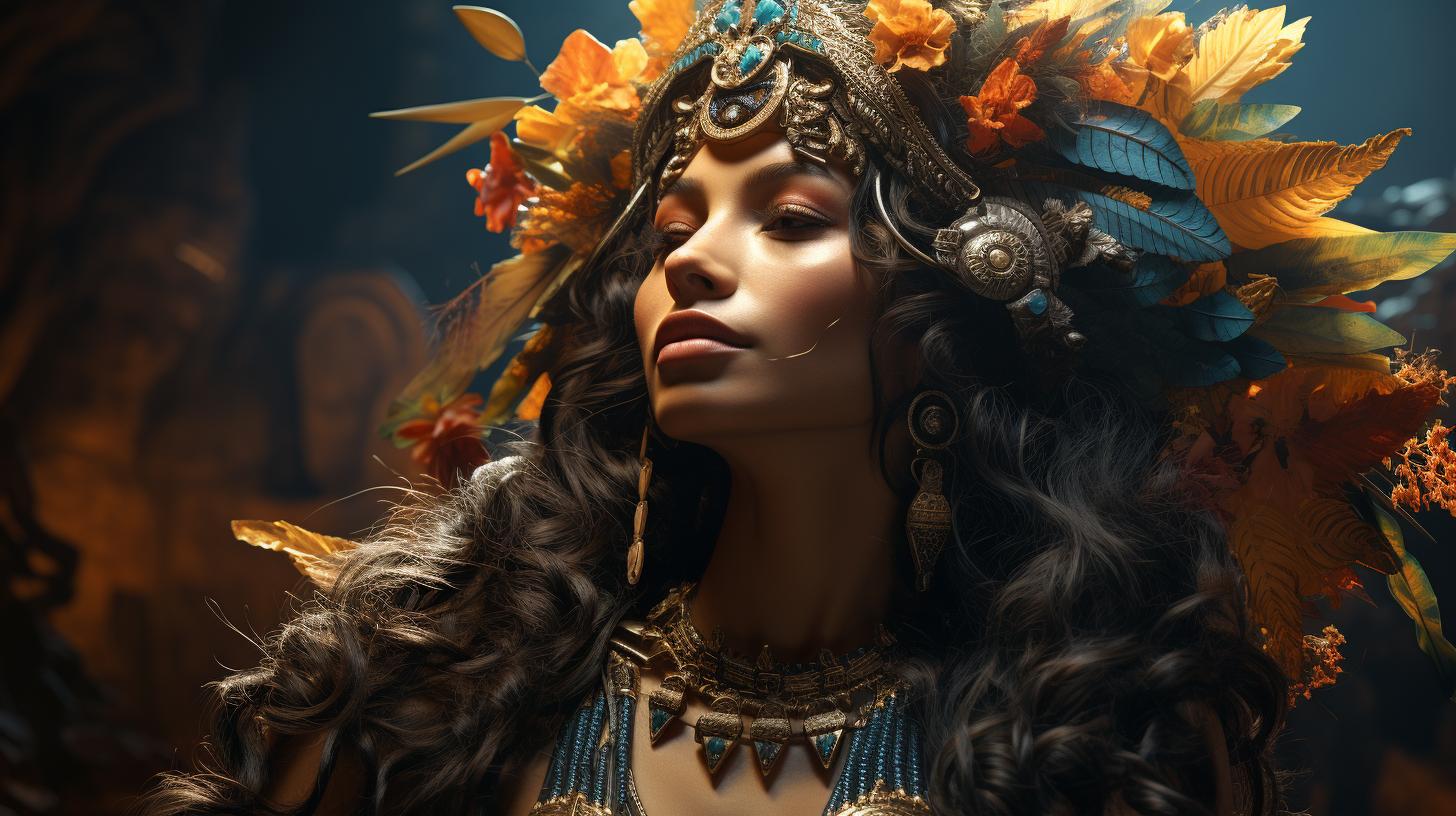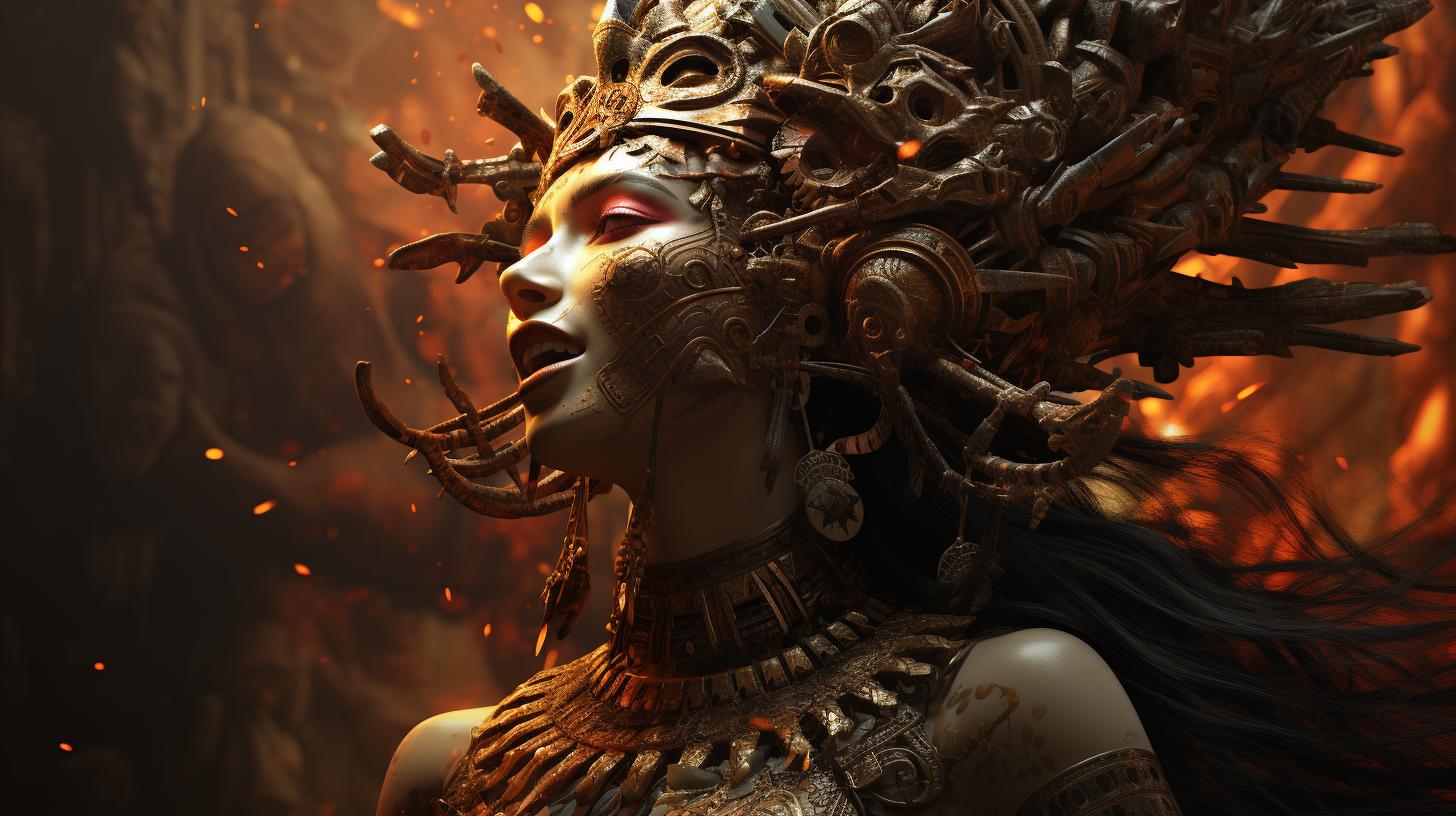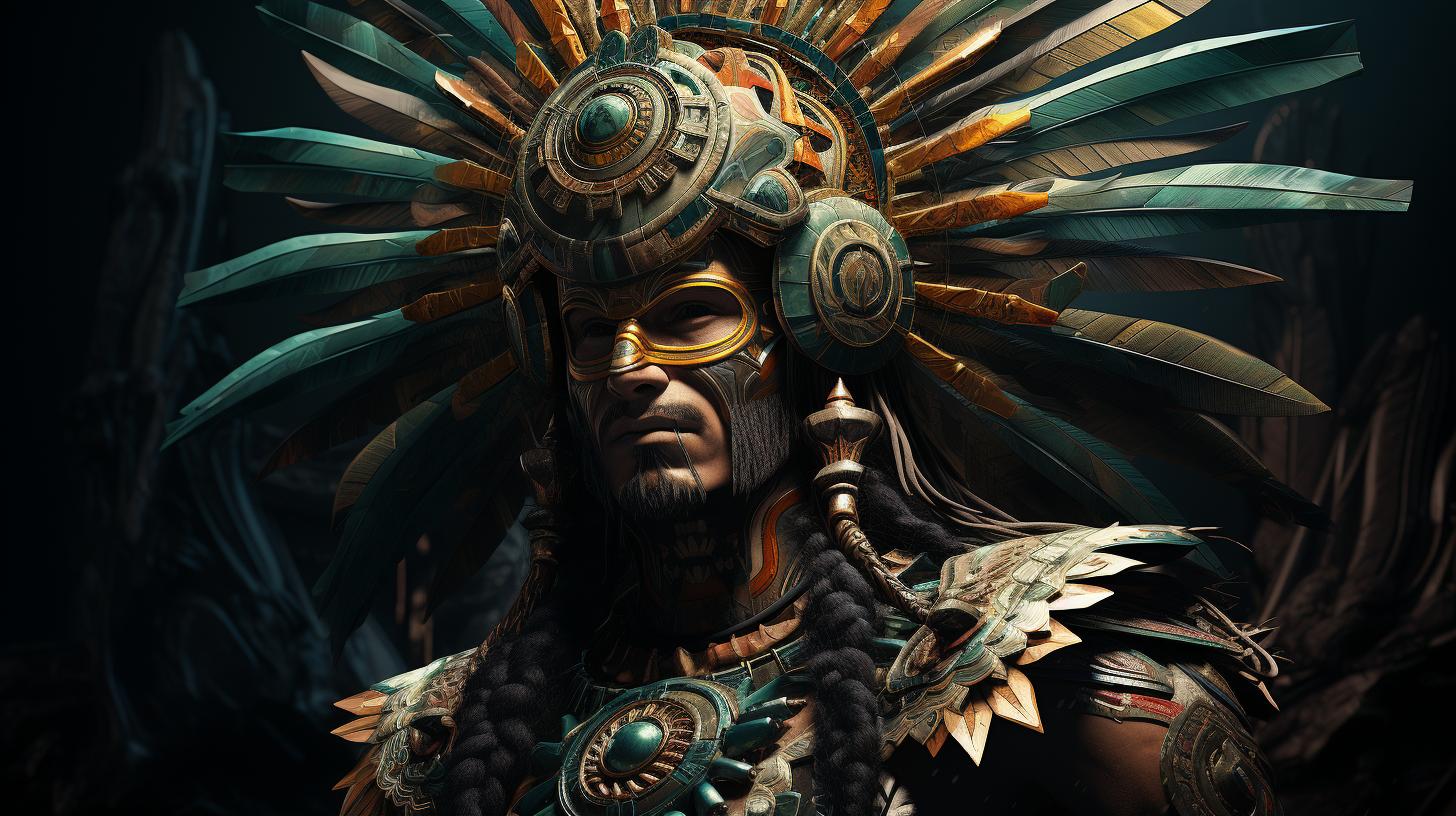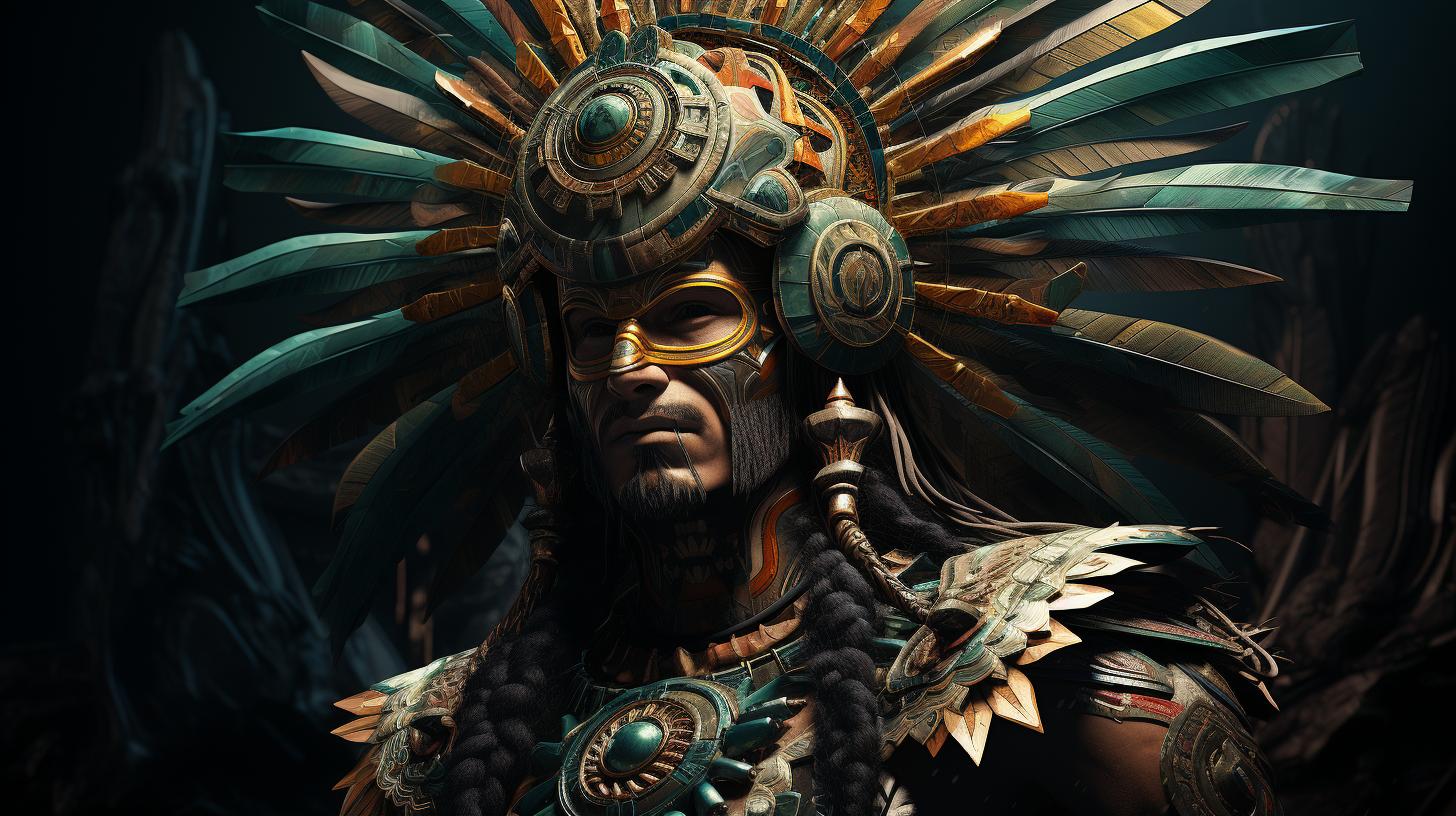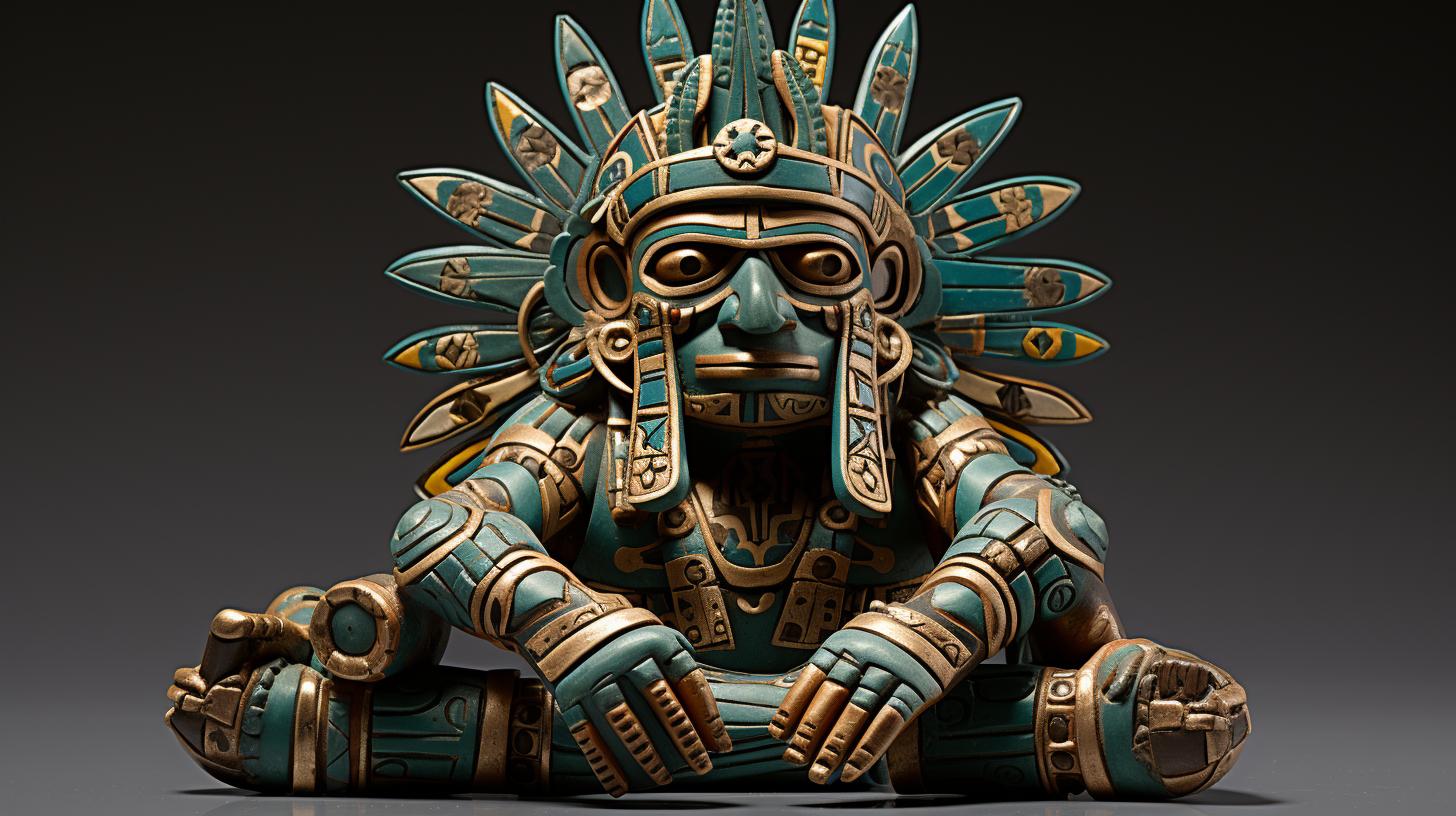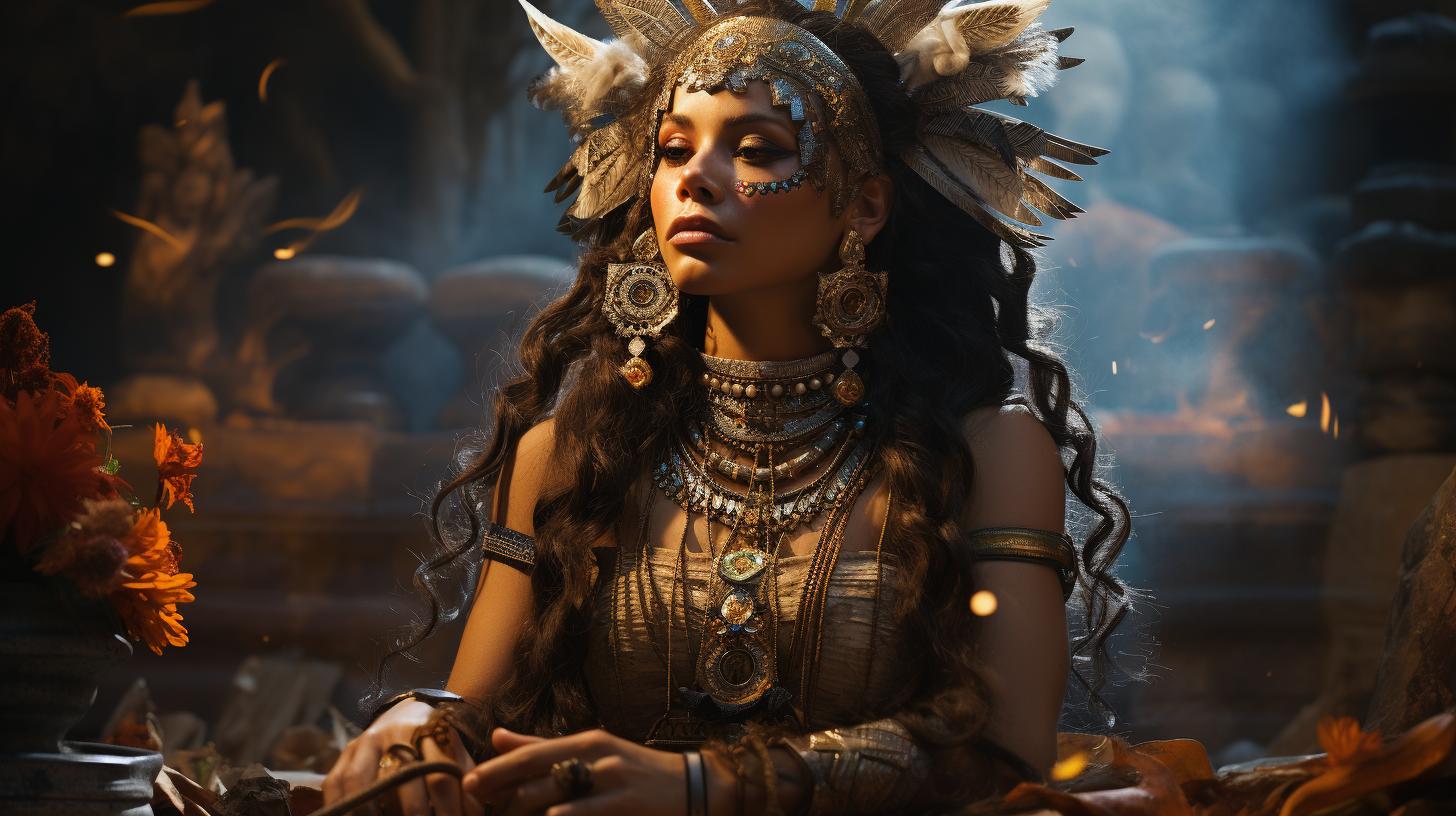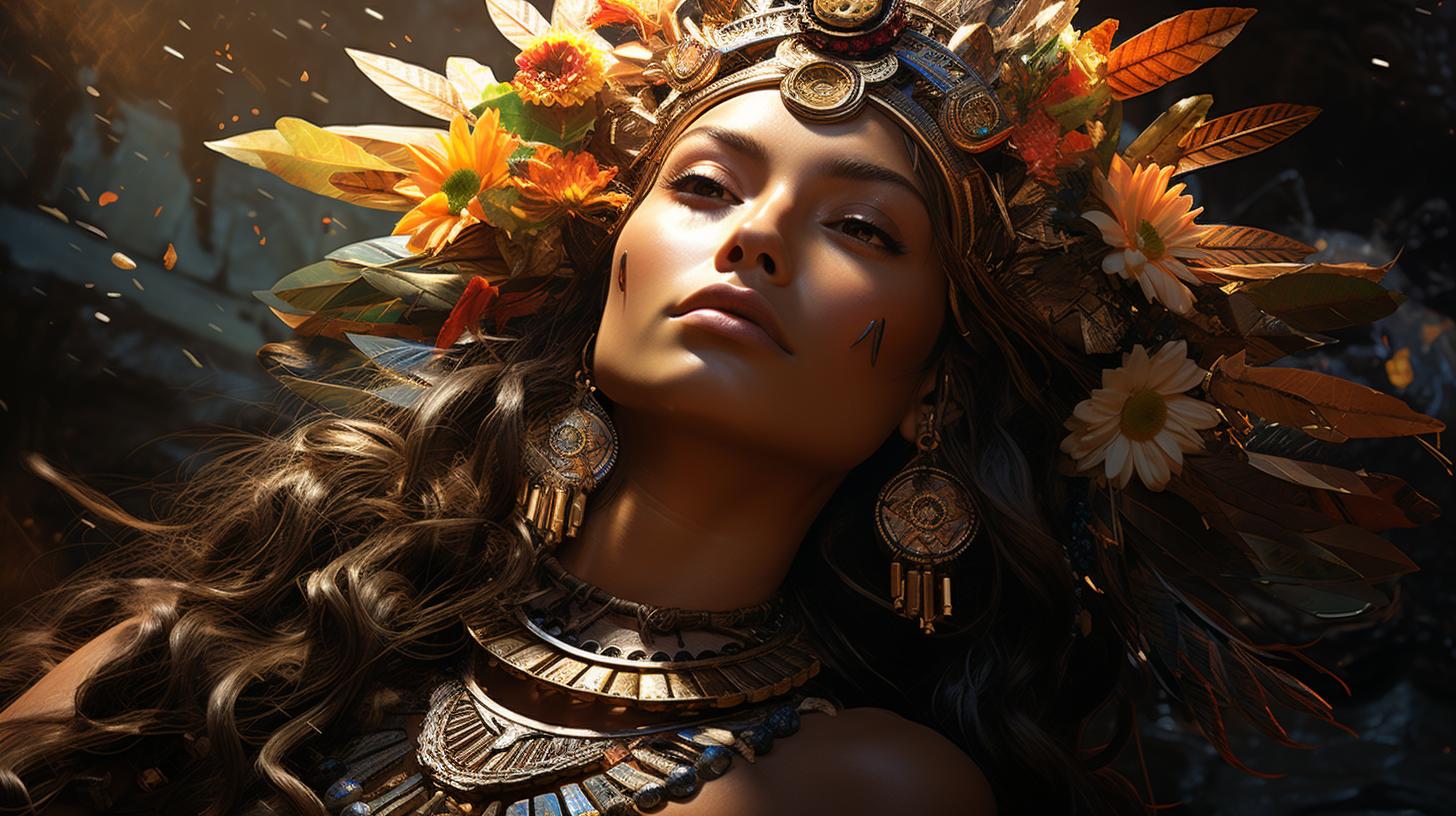Ayauhteotl: Exploring the Aztec Goddess and Her Significance in American Culture
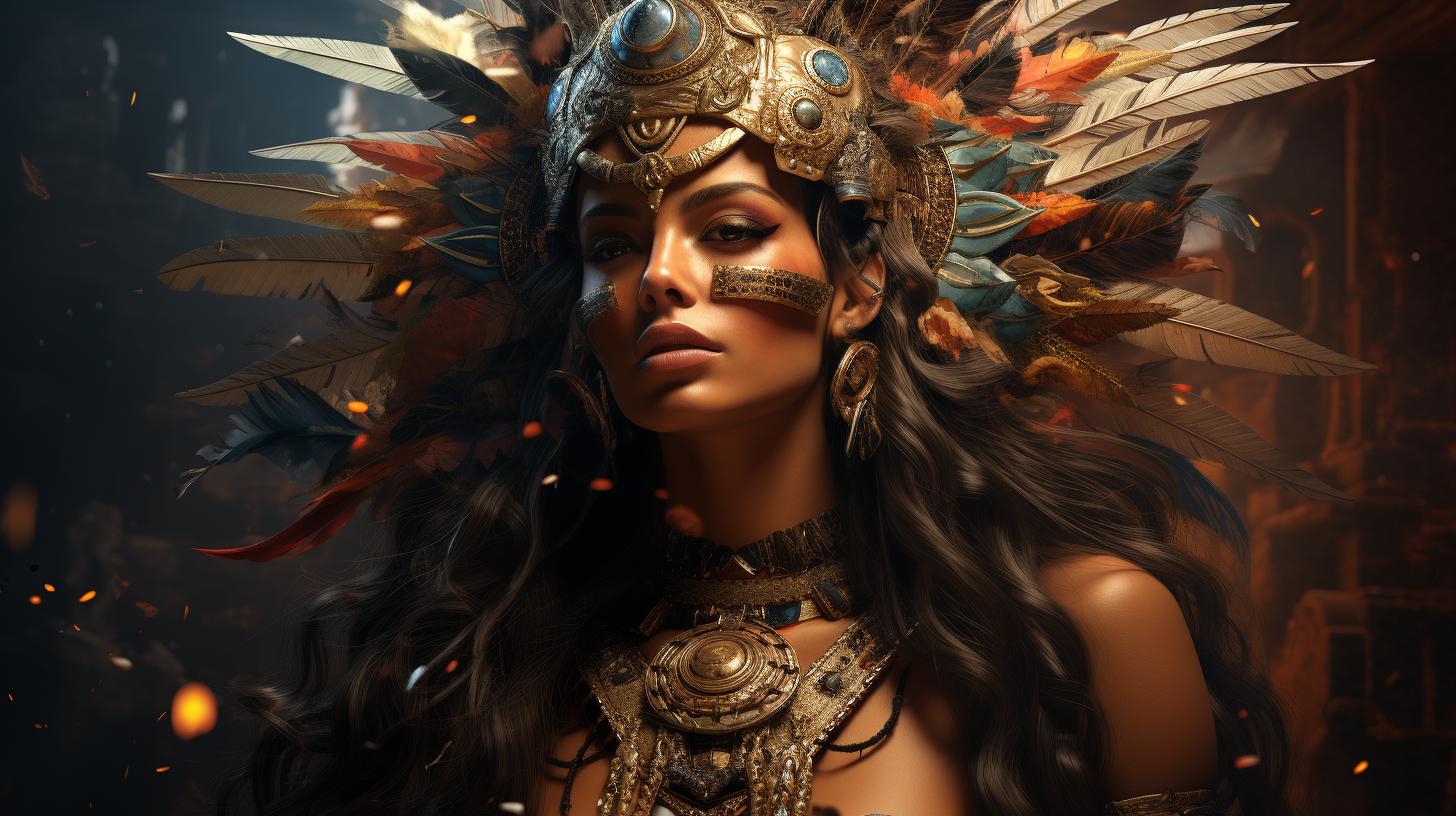
Ayauhteotl, the Aztec goddess, holds a significant place in both ancient mythology and modern American culture. Discover the origins of Ayauhteotl, her role in Aztec society, and her influence on rituals and celebrations.
Explore the temples and sacred sites devoted to her, along with personal testimonies that showcase her impact on devotees. Delve into the complex relationships she shares with other deities in the Aztec pantheon and uncover epic tales involving Ayauhteotl.
Uncover a wealth of further resources to expand your knowledge of Ayauhteotl and the rich tapestry of Aztec culture.
The Origins of Ayauhteotl: Unveiling the Aztec Goddess’s Ancient Past
Ayauhteotl, the Aztec goddess, has a fascinating origin steeped in myth and cosmology. Understanding her mythological origins and her role in Aztec cosmology and creation myths provides insight into her significance in ancient Aztec culture.
The Mythological Origins of Ayauhteotl
In Aztec mythology, Ayauhteotl is believed to be one of the primordial deities, often associated with the creation of the world. According to legends, she emerged from the primordial chaos and played a vital role in shaping the universe.
Unseen forces and cosmic entities birthed Ayauhteotl, and she embodies both the creative and the destructive aspects of the natural world. Her mythological origins present her as a powerful deity closely tied to the forces of creation, life, and renewal.
Ayauhteotl in Aztec Cosmology and Creation Myths
Ayauhteotl holds a significant place in Aztec cosmology and creation narratives. She is often depicted as the mother goddess who gave birth to the gods and humans, shaping the destiny of all living beings.
In Aztec creation myths, Ayauhteotl is portrayed as the force that transforms chaos into order, establishing the fundamental principles upon which the world is built. Her role in the cosmic order is crucial, as she provides balance and harmony to the universe.
Furthermore, Ayauhteotl’s presence in creation myths underscores the Aztec belief in the cyclical nature of time and the eternal process of birth, death, and rebirth. She symbolizes the continuous cycles of creation and destruction that shape the world.
Ayauhteotl’s Role in Aztec Culture and Mythology
Ayauhteotl played a significant role in Aztec culture and mythology, embodying powerful attributes and symbols that held great importance for the Aztec people. Her influence extended into various aspects of Aztec life, including art, literature, and rituals and celebrations.
The Powerful Attributes and Symbols of Ayauhteotl
Ayauhteotl was revered for her association with fertility, abundance, and nourishment. She was often depicted with symbols such as maize, representing sustenance, and water, symbolizing life and renewal. These attributes symbolized the vital role she played in nurturing the Aztec people and their land.
Ayauhteotl’s Influence in Aztec Art and Literature
Ayauhteotl’s depiction in Aztec art was prevalent, with various sculptures and paintings showcasing her divine presence. Artists often incorporated her symbols and attributes into their works, highlighting her importance in Aztec culture.
In literature, Ayauhteotl was frequently referenced in myths and epic tales, portraying her as a central figure in Aztec mythology.
Ayauhteotl’s Connection to Rituals and Celebrations
Ayauhteotl was the focus of numerous rituals and celebrations among the Aztecs, honoring her and seeking her blessings. Ceremonies and offerings were dedicated to her, performed in temples and sacred sites associated with her presence.
These rituals served to strengthen the bond between the Aztec people and Ayauhteotl, ensuring their prosperity and well-being.
Temples and Sacred Sites: Exploring Ayauhteotl’s Devotion
Temples dedicated to Ayauhteotl hold great significance in Aztec culture. These sacred sites served as places for worship, ceremonies, and offerings to honor the esteemed goddess. They were constructed with meticulous craftsmanship and adorned with symbolic artwork and carvings that showcased Ayauhteotl’s power and divinity.
The Temples Dedicated to Ayauhteotl
Ayauhteotl was greatly revered among the Aztecs, and several temples were built in her honor. One notable temple dedicated to her was the Templo Mayor in Tenochtitlan, the capital city of the Aztec Empire.
This grand temple complex housed multiple structures dedicated to various deities, with Ayauhteotl being one of the central figures worshipped.
Another renowned temple dedicated to Ayauhteotl was the Templo de la Diosa del Agua (Temple of the Water Goddess) located in the ancient city of Tula.
This sacred site, situated near natural springs, was believed to be a direct link between Ayauhteotl and the life-giving element of water.
Pilgrimages and Offerings to Honor Ayauhteotl
Devotees of Ayauhteotl embarked on pilgrimages to these revered temples, seeking spiritual connection and bestowing offerings upon the goddess. Pilgrims would undertake arduous journeys, often carrying symbolic objects and offerings, as a testament to their devotion and to seek Ayauhteotl’s blessings.
Offerings made to Ayauhteotl included precious items, agricultural products, and life sacrifices. These offerings were seen as a way to show gratitude and seek protection, fertility, and abundance from the goddess.
The rituals associated with these offerings were carefully orchestrated, with priests and attendees performing specific ceremonies to ensure the blessings of Ayauhteotl.
Personal Testimonies: Ayauhteotl’s Impact on Devotees
Through the ages, devotees of Ayauhteotl have shared their personal testimonies of the goddess’s profound impact on their lives. These testimonials recount experiences of guidance, healing, and transformative spiritual encounters with Ayauhteotl.
Many devotees credit their devotion to the goddess with bringing them inner peace, strength, and a deeper connection to the Aztec spiritual traditions.
These personal testimonies serve as a testament to the enduring relevance and influence of Ayauhteotl in the lives of her followers.
They demonstrate the profound connection and sense of empowerment individuals experience through their devotion to this revered Aztec goddess.
Ayauhteotl in the Aztec Pantheon: Other Deities and Epic Tales
Ayauhteotl’s Relationships with Other Aztec Gods and Goddesses
Ayauhteotl, the Aztec goddess, had a complex network of relationships with other deities in the Aztec pantheon. As an important figure in Aztec mythology, she was often depicted in various artistic representations alongside other gods and goddesses.
- She had a close association with Xochiquetzal, the goddess of beauty, love, and fertility. Both Ayauhteotl and Xochiquetzal were revered for their roles in ensuring the prosperity and well-being of the Aztec people.
- Ayauhteotl was also often mentioned in conjunction with Tlaloc, the rain god.
They were believed to work together to bring rain and fertility to the land, playing crucial roles in agricultural abundance.
- Another significant divine relationship was between Ayauhteotl and Huitzilopochtli, the god of war and the sun.
Ayauhteotl was considered to be Huitzilopochtli’s mother, emphasizing her importance as a creator and protector of the Aztec people.
Ayauhteotl’s Appearances in Aztec Mythological Narratives
Ayauhteotl’s presence can be found in various mythological narratives and epic tales of the Aztec culture. Her role in these stories often highlights her power, wisdom, and significance in the Aztec cosmology.
- In the mythological story of the Five Suns, Ayauhteotl is mentioned as one of the creators of the previous four worlds before the current one. Her involvement in the cyclical nature of creation and destruction demonstrates her integral role in the Aztec worldview.
- Ayauhteotl also appears in the epic myth of Quetzalcoatl’s descent to the underworld to retrieve the bones of humanity.
She offers guidance and assistance to Quetzalcoatl on his journey, showcasing her wisdom and her connection to the afterlife.
- Furthermore, Ayauhteotl features in the tale of the battle between the gods and the demons, where she plays a vital role in protecting and preserving the cosmic order of the universe.
Overall, Ayauhteotl’s relationships with other deities and her appearances in Aztec mythological narratives enhance our understanding of her significance and the intricate belief system of the Aztec civilization.

